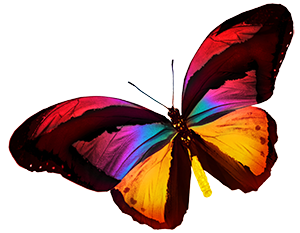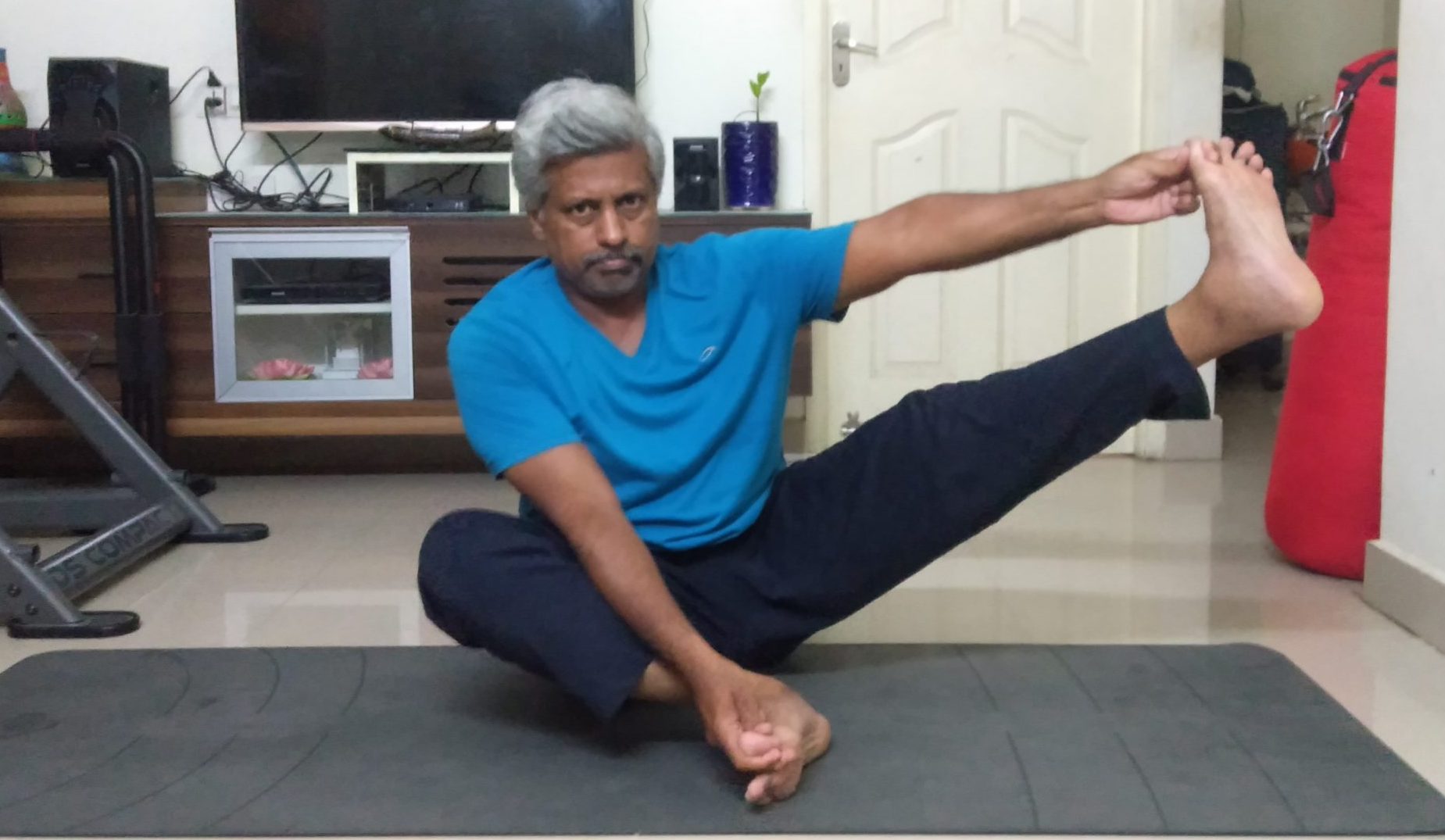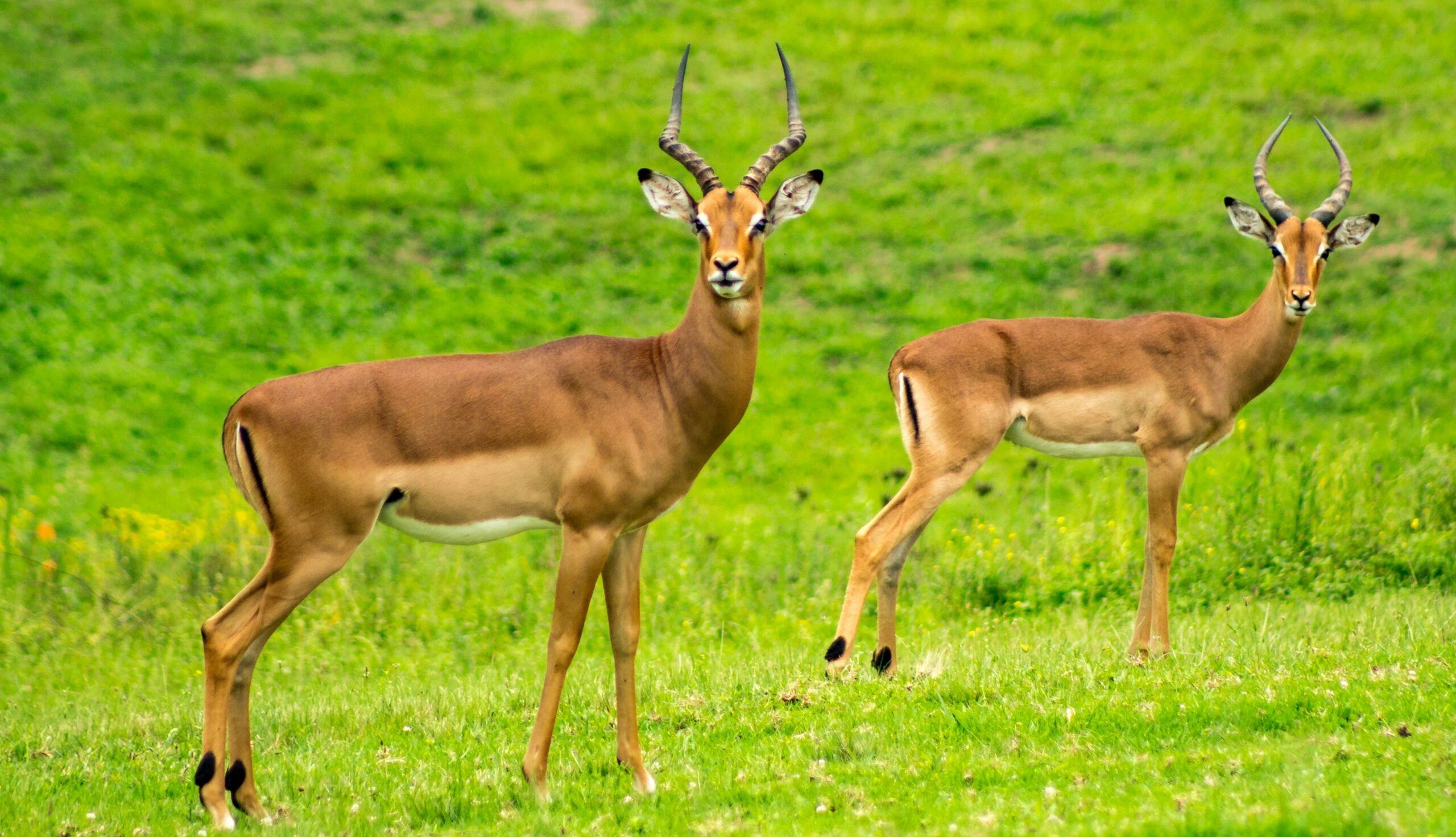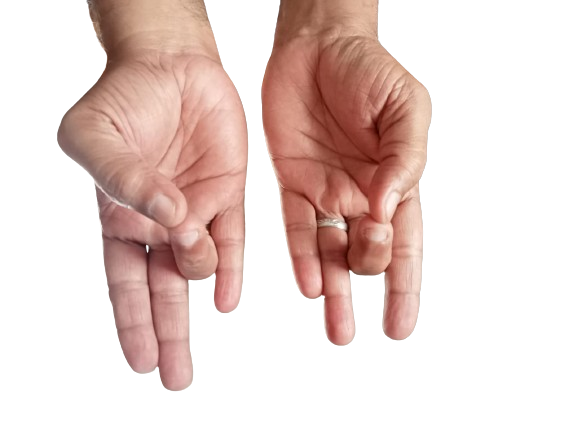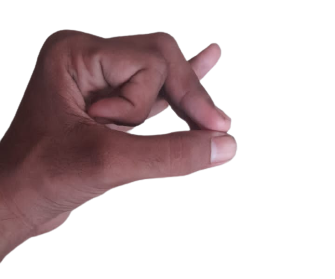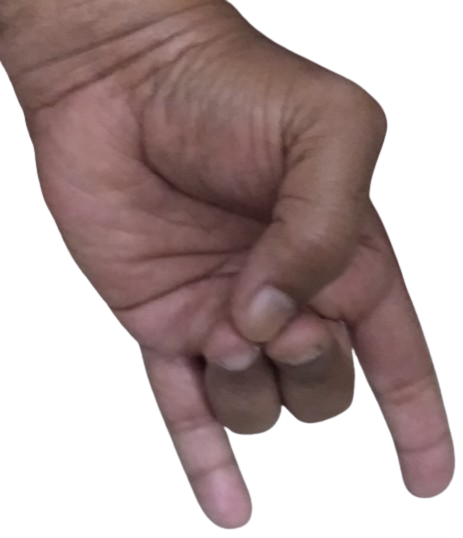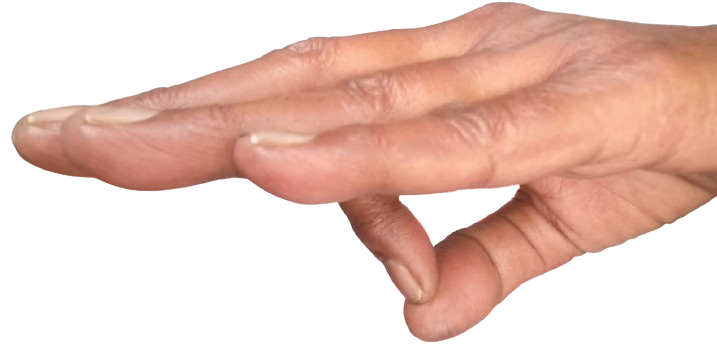The word ‘ardha’ in Sanskrit means ‘half’, ‘urdhva’ means ‘upright’ or ‘upwards’, ‘upavistha‘ means ‘seated’ and ‘kona’ means ‘angle’. Since this is a seated pose with one leg raised upwards it is named thus.
Half Upright Seated Angle Pose strengthens the spine. Regular practice of the pose promotes balance of mind.
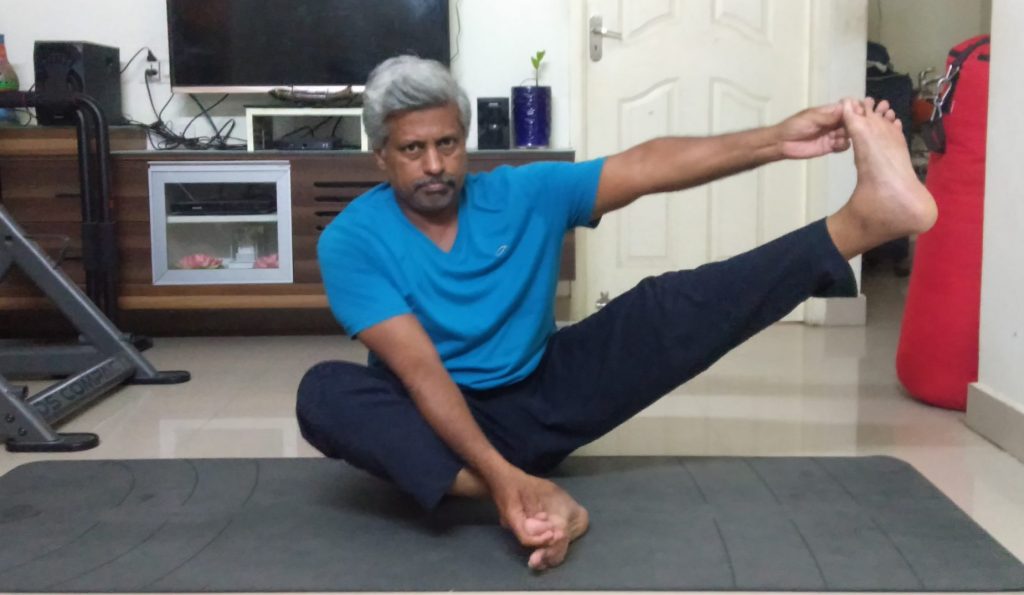
Other Benefits of Half Upright Seated Angle Pose
- The pose boosts functions of abdominal organs.
- It strengthens the hips.
- Practicing the pose helps to improve flexibility of hips.
- It stretches and strengthens the legs.
- The pose relieves sciatic pain.
- It is an effective yoga pose for stress relief.
Instructions
- Sit down on the yoga mat and place your feet against each other.
- Inhale, hold your right big toe and lift your right leg off the floor.
- Exhale as you stretch your right leg completely.
- Hold the pose for 20 seconds. Reliease the right leg and repeat the same with the left leg.
Note
Those with severe pain in shoulders, hips and knee should refrain from practicing the pose.
Those unable to hold the leg can use yoga strap.
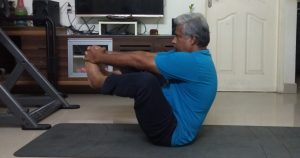
Yoga Pose for Day 40 – Balancing Bound Angle Pose (Dandayamana Baddha Konasana)
‘Danda’ in Sanskrit means ‘stick’, ‘yamana’ means ‘balance’ or ‘control’, ‘badhha’ means ‘bound’ and ‘kona’ means ‘angle’. In this pose, the legs are bound by the hands and the body is balanced by buttocks and hence
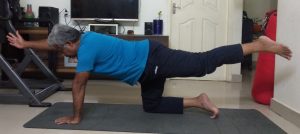
Yoga Pose for Day 38 – Balancing Table Top Pose (Dandayamana Bharmanasana)
The word ‘danda’ in Sanskrit means ‘stick’, ‘yamana’ means ‘balancing’ or ‘controlling’, ‘bharma’ means ‘board that holds the table’. Since the pose involves balancing the body in controlled manner
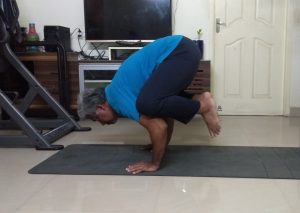
Yoga Pose for Day 37 – Crow Pose (Kakasana)
Crow Pose resembles the shape of crow and hence the name. ‘Kaka’ in Sanskrit means ‘crow’. The crow’s legs are very strong and hence using our hands as legs in this pose strengthens our hands. Crows
